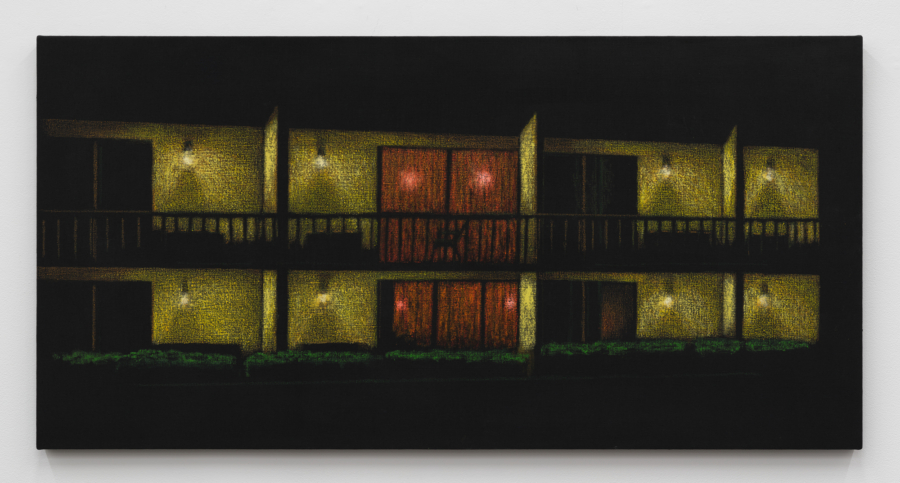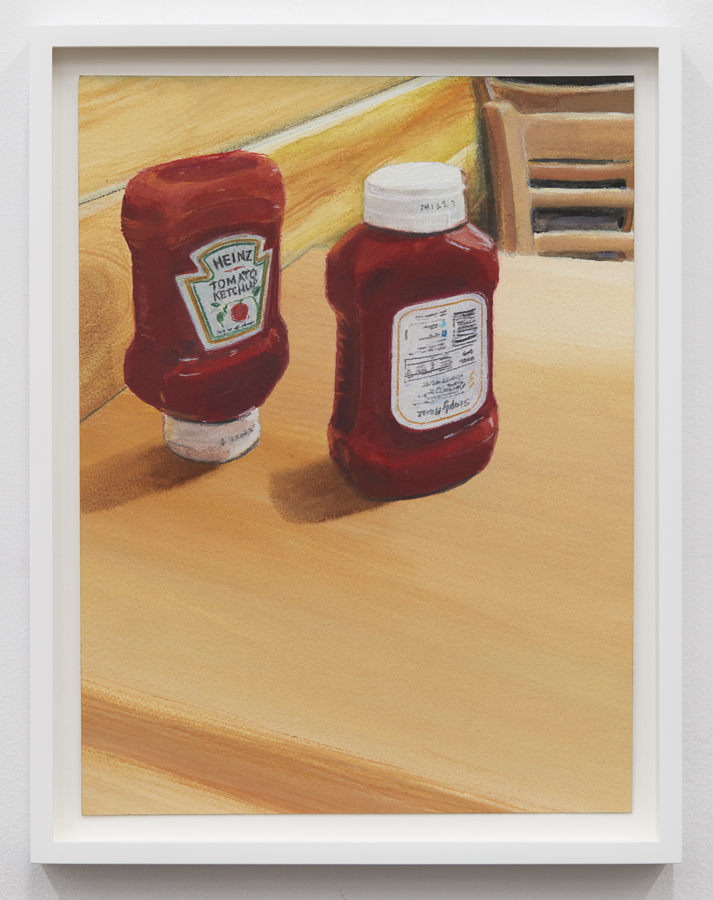Popular Images Part III
Roe Etheridge, Elizabeth Peyton, Collier Schorr, Jordan Wolfson
August 8–September 7, 2015
249 Main Street
Amagansett, NY 11937
Popular Images Part III
Roe Etheridge, Elizabeth Peyton, Collier Schorr, Jordan Wolfson
August 8–September 7, 2015
249 Main Street
Amagansett, NY 11937
Roe Ethridge
Elizabeth Peyton
Collier Schorr
Jordan Wolfson
August 8–September 7, 2015
Opening reception: Saturday August 8th, 6–8pm
The portrait-photograph is a closed field of forces. Four image-repertoires intersect here, oppose and distort each other. In front of the lens, I am at the same time: the one I think I am, the one I want others to think I am, the one the photographer thinks I am, and the one he makes use of to exhibit his art. In other words, a strange action: I do not stop imitating myself, and because of this, each time I am (or let myself be) photographed, I invariably suffer from a sensation of inauthenticity, sometimes of imposture (comparable to certain nightmares). In terms of image repertoire, the Photograph (the one I intend) represents that very subtle moment when, to tell the truth, I am neither subject nor object but a subject who feels he is becoming an object: I then experience a micro-version of death (of parenthesis): I am truly becoming a specter. The Photographer knows this very well, and himself fears (if only for commercial reasons) this death in which his gesture will embalm me. Nothing would be funnier (if one were not its passive victim, its plastron, as Sade would say) than the photographers’ contortions to produce effects that are ‘lifelike’: wretched notions: they make me pose in front of my paintbrushes, they take me outdoors (more ‘alive’ than indoors), put me in front of a staircase because a group of children is playing behind me, they notice a bench and immediately (what a windfall!) make me sit down on it. As if the (terrified) Photographer must exert himself to the utmost to keep the Photograph from becoming Death. But I, already an object, I do not struggle. I foresee that I shall have to wake from this bad dream even more uncomfortably; for what society makes of my photograph, what it reads there, I do not know (in any case, there are so many readings of the same face); but when I discover myself in the product of this operation, what I see is that I have become Total-Image, which is to say, Death in person; others—the Other—do not dispossess me of myself, they turn me, ferociously, into an object, they put me at their mercy, at their disposal, classified in a file, ready for the subtlest deceptions: one day an excellent photographer took my picture; I believed I could read in his image the distress of a recent bereavement: for once Photography had restored me to myself, but soon afterward I was to find this same photograph on the cover of a pamphlet; by the artifice of printing, I no longer had anything but a horrible disinternalized countenance, as sinister and repellent as the image the authors wanted to give of my language. (The ‘private life’ is nothing but that zone of space, of time, where I am not an image, an object. It is my political right to be a subject which I must protect.) Ultimately, what I am seeking in the photograph taken of me (the ‘intention’ according to which I look at it) is Death: Death is the eidos of that Photograph. Hence, strangely, the only thing that I tolerate, that I like, that is familiar to me, when I am photographed, is the sound of the camera. For me, the Photographer’s organ is not his eye (which terrifies me) but his finger: what is linked to the trigger of the lens, to the metallic shifting of the plates (when the camera still has such things). I love these mechanical sounds in an almost voluptuous way, as if, in the Photograph, they were the very thing—and the only thing—to which my desire clings, their abrupt click breaking through the mortiferous layer of the Pose. For me the noise of Time is not sad: I love bells, clocks, watches—and I recall that at first photographic implements were related to techniques of cabinetmaking and the machinery of precision: cameras, in short, were clocks for seeing, and perhaps in me someone very old still hears in the photographic mechanism the living sound of the wood.
— excerpt from Roland Barthes, Camera Lucida



